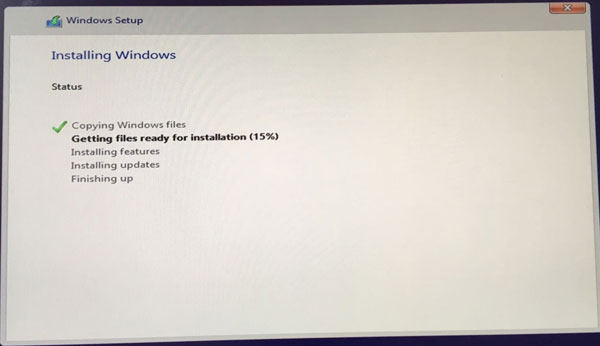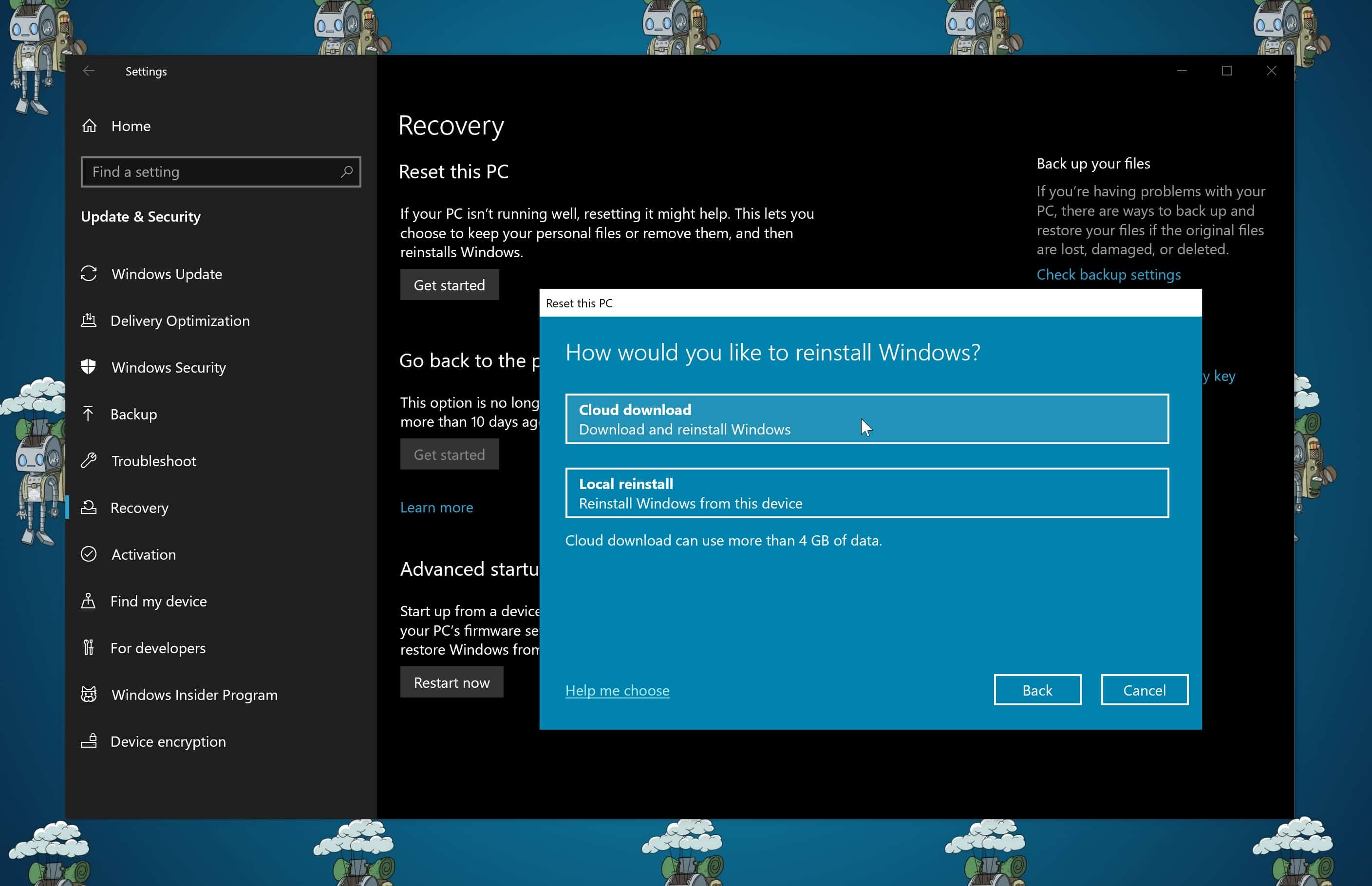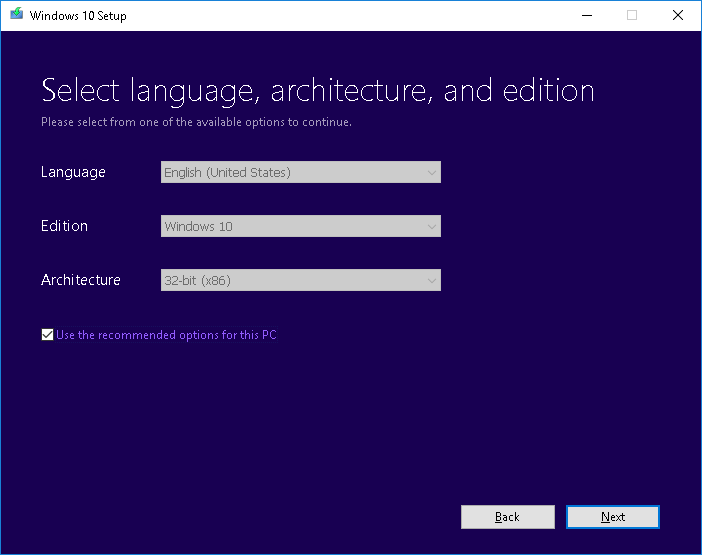
With that application open, select your account and go to Properties then the Group Membership tab for the Standard user/Administrator toggle. You can also find this information by searching Start for Netplwiz.exe. To check if you have an admin account, search Start for "change account type" or go to Control Panel\User Accounts\User Accounts\Manage Accounts\Change an Account\Change Account Type where all of the accounts on your Windows installation should be listed and those with admin-level access will say "Administrator."ĭouble-click your account and then click "Change the account type" for the option to go from a Standard user to an Administrator.

If you're not an admin, you will be prompted for credentials when launching the installer.


You must be logged in to a Windows account and that account must have administrator access. Since even your applications are retained on the resulting installation, if all goes as planned you won't have to do much afterward and it's certainly a path of less resistance compared to fully reinstalling Windows.įor starters, the in-place upgrade isn't an option if you can't boot into your installation. The reinstallation can be initiated from within Windows using the setup.exe file on a Windows 10 ISO/USB drive or from the Media Creation tool, and the process took around half an hour to finish on our desktop PC.

Running an in-place upgrade worked to fix our instance of Windows 10 that couldn't otherwise be repaired with Command Prompt commands such as SFC /scannow and DISM /Online /Cleanup-Image /RestoreHealth - neither of which would finish their operation on our installation. If this sounds familiar, we have covered a similar process using Windows 10's built-in " Reset this PC" option, but that removes your programs and only retains your files and settings on the newly installed operating system, whereas again, the in-place upgrade even preserves the software you have installed. This method is suitable for those users who have originally removed modern applications from the Windows image, as well as owners of Windows 10 LTSC Enterprise, which does not have any preinstalled UWP applications at all.We recently experienced an installation of Windows 10 with system files that were corrupt to the point that certain sections of the Settings app would automatically close when being opened, among other bugs around the platform.Īfter attempting typical repair options, we used a Windows 10 ISO to perform an in-place upgrade, reinstalling Windows 10 while keeping our applications and all.


 0 kommentar(er)
0 kommentar(er)
